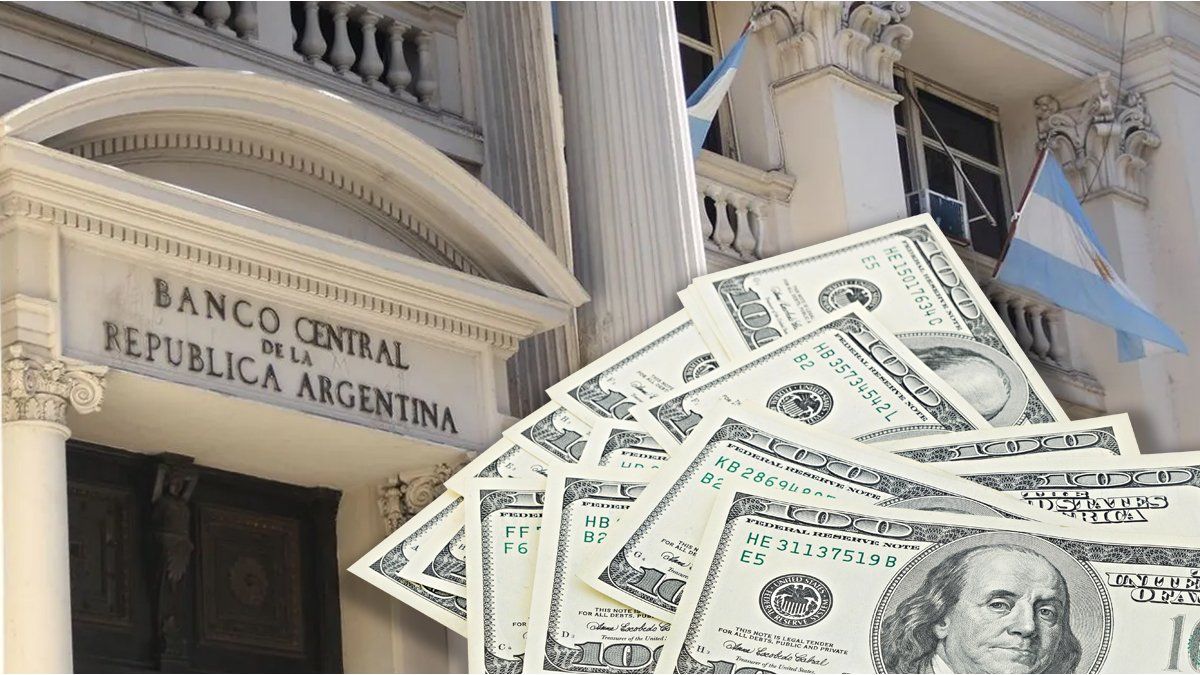The main consultants of the financial center have not dropped any rings when they recognized that the purchases of reserves from the Central Bank (BCRA) last October for more than US$1.6 billion -and which were repeated in November-: everyone was surprised.
But this flow of currency is not only linked to the money laundering effect, but also to the repatriation of capital attracted by the “carry trade” that, precisely, last October They totaled more than US$200 million. As well shown by BCRA exchange balancethe so-called net formation of external assets of residents of the non-financial private sector (FAE) registered, again, a Surplus result was US$224 million.
So, so far this year, the FAE accumulates a surplus balance of US$2,017 million, the most important amount recorded since 2013 when it was US$433 million. When observing the historical series since 2003, the record of the first ten months of 2024, if maintained, It will be the largest in the entire series since the other year in which the FAE had a surplus was 2005 with US$1,161 million.
What happened last October? The positive FAE, also called “leakage” or hoarding in financial jargon – when it is in deficit – is explained by a flow of net income in foreign currency for US$146 million. These are fundamentally inflows of funds from abroad into local accounts in foreign currency, known as “swaps,” to which net sales of banknotes must be added. US$78 million. So, between the flow from exchanges plus ticket sales, The Argentines repatriated, took out of the mattress or the safe deposit box US$224 million that were channeled into the exchange market.
Regarding the flow of net income to own accounts from abroad (US$146 million), it is explained by the net income of families and individuals for US$104 million, of the Real Sector for US$30 million, of the Institutional Investors sector for US$10 million and of Oilseeds and Cereals sector for US$2 million. While the result of banknotes was explained by the net sales of legal entities and individuals for US$69 million and US$9 million (gross sales totaled US$15 million from 208,000 individuals), respectively. In addition, direct investments by non-residents in the non-financial private sector recorded net income through the foreign exchange market. US$89 million further nourishing the local currency supply.
Impact of capital repatriation on the financial account
Now, how did this repatriation of capital play in the financial account of the private sector -excluding the financial system- of the Exchange Balance? According to BCRA data, The financial account of the Non-Financial Private Sector recorded a surplus of US$637 million in October as a result of the net granting of local financial loans for US$481 million, the net income from foreign financial debts and debt securities for US$432 million, from foreign assets for US$224 million (mainly linked to “swaps”), the net granting of loans from international organizations for US$105 million and the net income from foreign direct investment for US$89 million.
This income stream was partially offset by the records of exchange operations for net transfers abroad for US$539 million, for the cancellation of balances in foreign currency with local entities for the use of cards with non-resident suppliers for US$146 million and for the expenditure on non-resident portfolio investments for US$13 million.
What happened to the financial account of the financial system?
In October, the operations of the financial exchange account of the Financial Sector resulted in deficits of US$537 million, which is mainly explained by the increase in the liquid external assets of the entities that make up the General Exchange Position (PGC) for US$757 million and for the net subscription of securities with foreign currency US$106 million, which were partially offset by net income from financial loans, lines of credit and others for US$326 million.
In this way, the entities ended the month with a PGC stock of US$18,063 million, which meant an increase of 4% compared to the close of the previous month. “The result was explained by the increase in the holding of banknotes for US$599 million and in the holding of foreign currency for US$158 million”says the BCRA.
As for the possession of foreign currency notesthe data shows that totaled US$15,118 million at the end of the month, stock that represented 84% of the total PGC and that the banks conserve to meet the movements of local deposits in foreign currency and the needs of the exchange market. All this is linked to money laundering. So, The PGC for the first ten months of 2024 is the largest in the annual historical series.
On the other hand, The group of entities closed October with a forward sold position in foreign currency for US$875 milliondeepening its sold position compared to the close of the previous month by about US$259 million.
During October, the entities sold US$145 million in institutionalized markets and US$114 million directly to “Forwards” clients. In this regard, the BCRA reports that foreign capital entities closed October with a net sold position of US$352 millionincreasing its sold position compared to the previous month by US$42 million. For their part, national entities also increased their sold position in US$217 million compared to the previous month, totaling US$523 million.
Source: Ambito
I am a 24-year-old writer and journalist who has been working in the news industry for the past two years. I write primarily about market news, so if you’re looking for insights into what’s going on in the stock market or economic indicators, you’ve come to the right place. I also dabble in writing articles on lifestyle trends and pop culture news.




